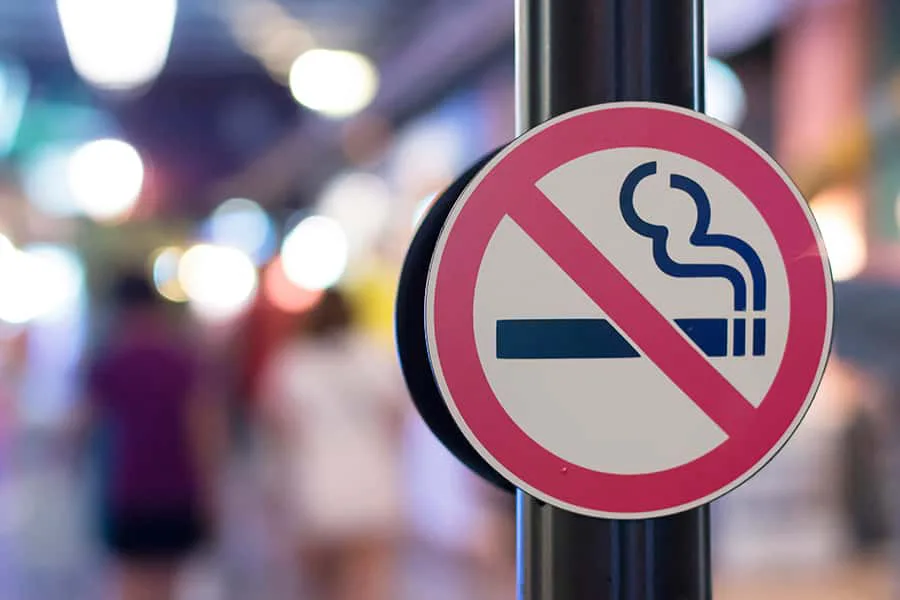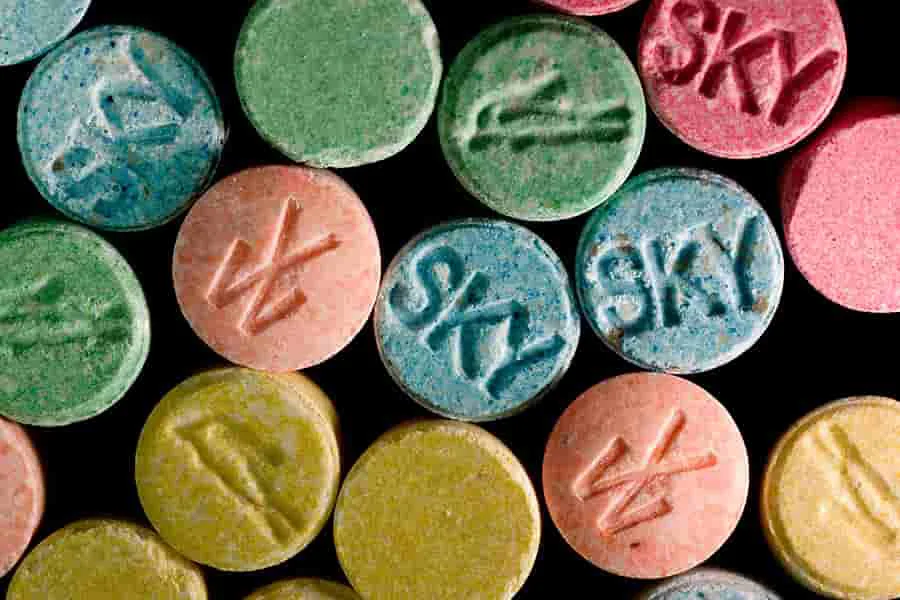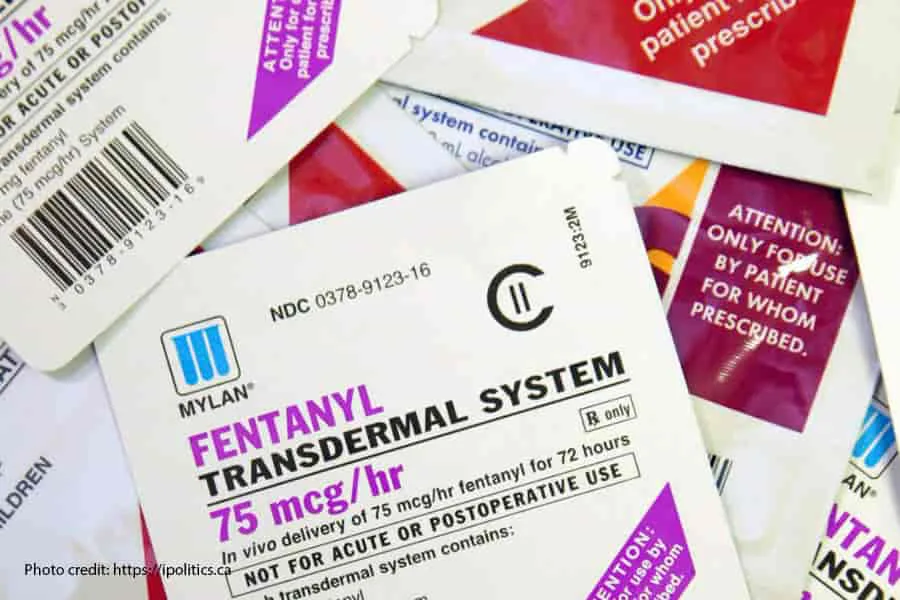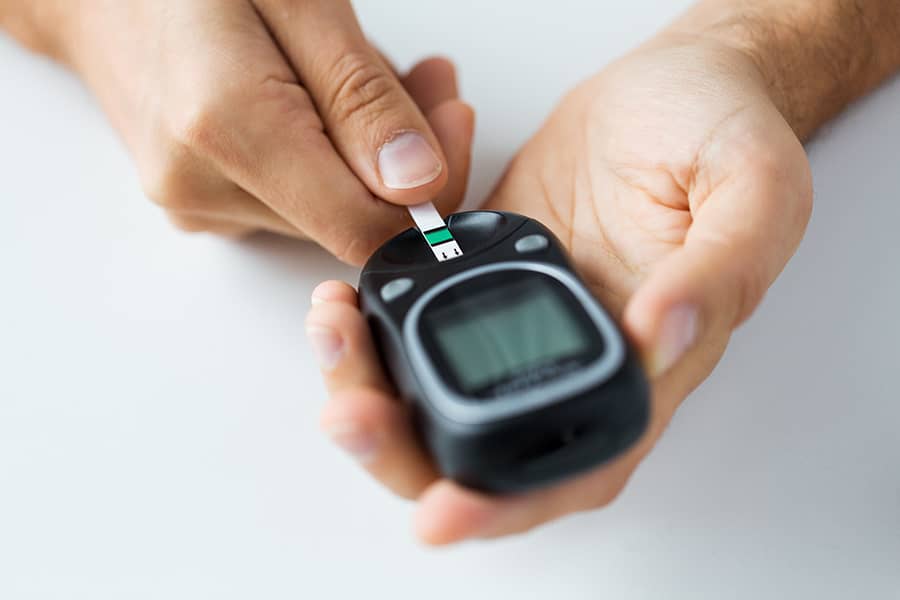Tools for Tobacco Cessation
Cigarette smoking and nicotine addiction lead to 400,000 deaths annually, despite the fact that the detrimental consequences of smoking are widely known and accepted. While smoking rates have declined considerably since the Surgeon General first announced its health hazards in 1964, still about 21% of the American public continues to smoke. Nicotine addiction is one that is particularly important to treat because it often leads to other addictions and its use has a tremendous impact on health. Why Quit Smoking? Smoking has been linked to multiple diseases and can worsen many health conditions. Smoking tobacco is responsible for causing …








